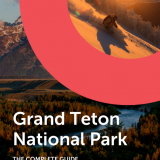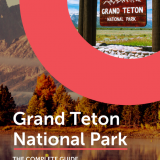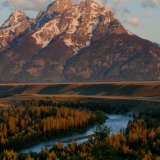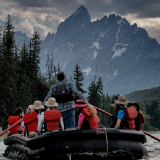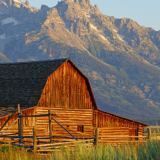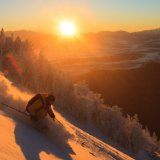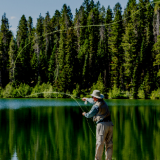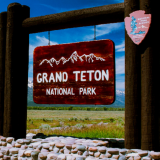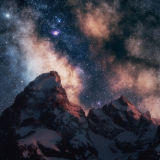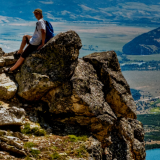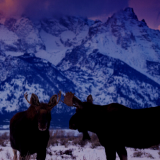Prepare to be stunned by Grand Teton National Park. A wonderland of gnarled and twisted rock spires that jut to over 4,100 meters above sea level, it occupies a 40-mile stretch of the great Rocky Mountains, just 10 miles south of Yellowstone. But it’s not just soaring summits here. Landscapes range from wildflower meadows to forests stalked by elks to wiggling rivers. It’s a pristine glimpse at what the western United States would have looked like in the age of first pioneers.
Ever since its establishment in 1929, this great Wyoming national park has been a magnet for adventurers of all stripes. The allure of its highest peaks (the Cathedral Group, especially) has made it a mountaineering mecca. Safari lovers flock to find moose and elk and elusive cougars in the backcountry. Trampers have a multitude of trails to enjoy, from plaintive walks past mirror-like lakes to arduous treks to glaciers. What’s more, nearby Jackson Hole is one of America’s great skiing destinations— as long as you’re ready for 4,000 feet of vertical drop!
Where is Grand Teton National Park?
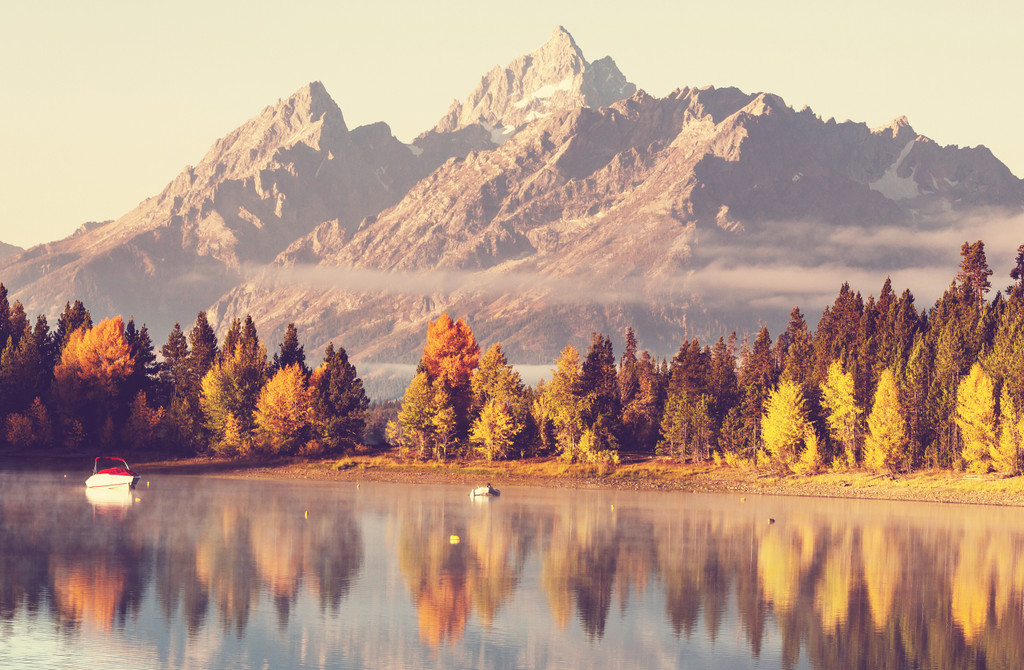
It’s possible to view the Grand Teton National Park as something of an extension of the colossal Yellowstone National Park. That iconic preserve is a mere 10 miles to the north. Technically separate, the two parks form a huge part of the Greater Yellowstone Ecosystem. They are connected by the John D. Rockefeller Jr. Memorial Parkway (it’s a beautiful drive!). More generally speaking, Grant Teton sits on the north-eastern edge of Wyoming. One side runs along the Idaho border, the other falls into the dense thickets of the Bridger-Teton National Forest. The ski trails of Jackson Hole Mountain Resort are directly to the south.
Grand Teton National Park Facts

Try to pronounce Grand Teton with the pizzazz of a French accent. Why? 19th-century fur trappers from Europe thought the highest mountains in the range looked like the teats of a cow. Agree or not, their name stuck. You should also know that the whole park sits on a geological fault line. It’s the reason for the dramatic looks of the mountains (notice there are no foothills!). You shouldn’t need to bring the seismometers in tow, though – there’s not been a major earthquake in these parts for at least 150 years. Phew!
Grand Teton Weather

To put it mildly, the weather this high up on the crest of the Continental Divide is anything but predictable. Even the best meteorologists can be baffled by mid-summer snowstorms. That said, the seasons do a play a huge part in Grand Teton National Park tourism numbers. The vast majority of visitors choose the months of spring, summer, and autumn.
July and August are the busiest and the warmest, with highs around the top end of the 70s. Trails can get busy then, so trampers might prefer May or September, which are cooler, have more rain, but not the same crowds. For striking fall foliage, visit when the leaves of the aspen, cottonwood, and willow trees turn yellow, orange, and red in late September. For skiing and really escaping the rat race, winter could be perfect – just be ready for blizzards and sub-zero temperatures.
Grand Teton National Park Hours
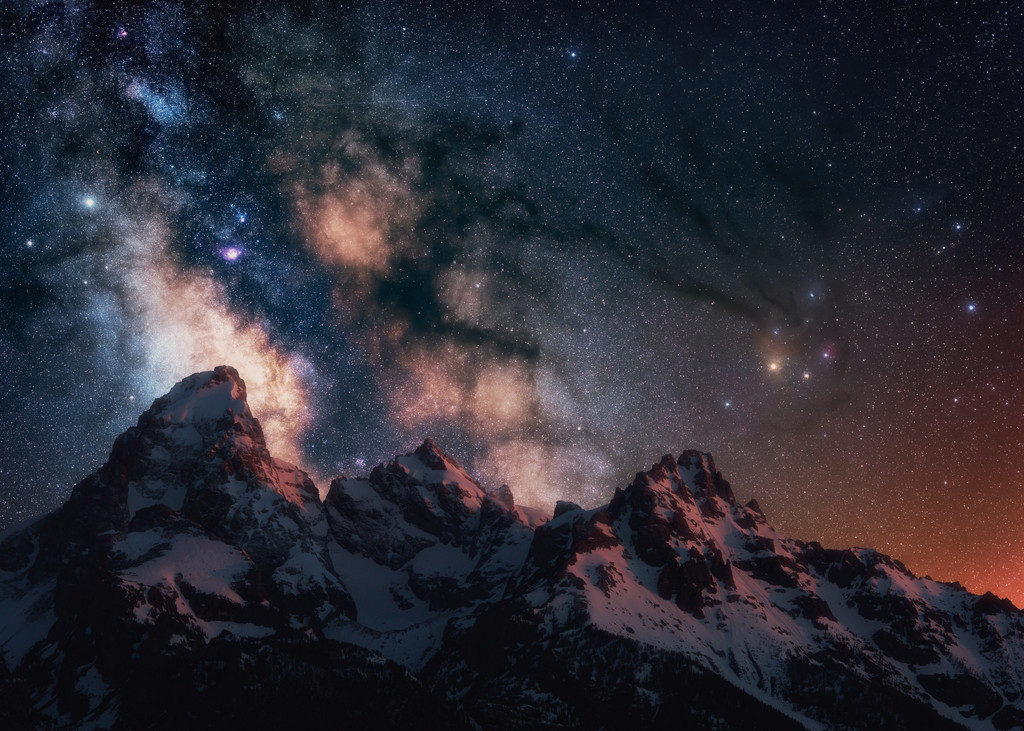
Grand Teton National Park is open the whole year. Yep, it never closes. Sounds good, eh? Not so fast! The reality is a little different. In fact, planning a successful trip really depends on the weather conditions. During the popular summer and fall months, most roads into the park will be open. On the flip side, winter and early spring can see the whole place get snowed under, with major access routes only good to go again when the thaw comes. The best thing to do is check the NPS website for updates just before you plan to travel.
Grand Teton National Park is under limited operations due to COVID-19. For current status and frequent updates, follow the park’s safety initiative, #tetonsafe.
Grand Teton National Park Entrance Fee

The eye-watering sights of Grand Teton don’t come gratis. There’s an entry fee of $35 per car and $30 for a motorcycle for access to the reserve by road. If you’re hoofing it into park territory on one of the countless trails that weave in from all directions, you can cut the cost of a pass to just $20. All of the above are valid for seven full days, which should be enough to explore everything from the Snake River to Jackson Lake (provided you’ve got wheels!). In winter, you can bag a single-day entry for just $15 per vehicle.
How to Get to Grand Teton National Park
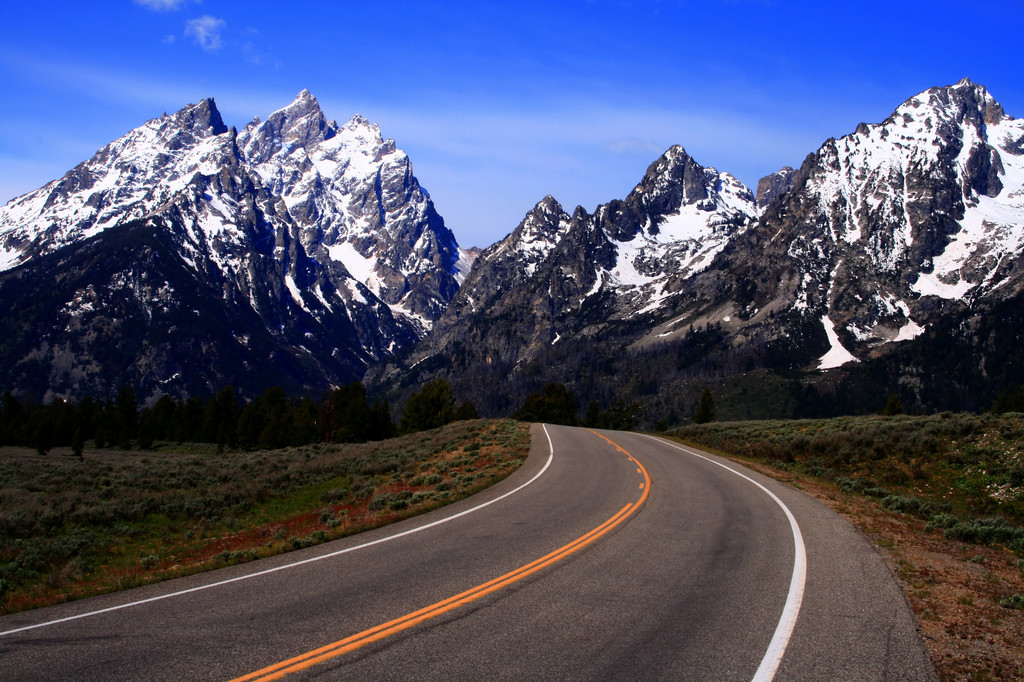
Drivers can make for the jagged peaks of the Tetons via either I-15 (north-south) or I-80 (west-east). From those, you have several options to complete the journey. You can join the 191 up to Jackson Hole (best for skiers). You could use Highway 89 through Alpine. Or, you could make it a little longer and opt for the scenic route on the 33 from Idaho, through spruce-topped peaks and snow-dusted hills.
The Jackson Hole Airport (which has links to DFW, Salt Lake City and Chicago O’Hare to name just a few) is the closest place to come in from the air. A short drive of five miles can take you straight to the Snake River from the arrival terminal.
Grand Teton National Park Tours

A lot of visitors choose to check off both Yellowstone and Grand Teton National Park in the very same tour. These great adventures through the American Rockies can take anything from two to 12 days. Typical trips mean moving north to south from Montana, through the volcanic zones of Yellowstone, seeing Old Faithful geyser, and onto the Tetons for the last few days of the trip. There are also Grand Teton-only packages. Most day outings leave from Jackson. They range from winter wonderland tours in the colder months to wildlife safaris to see hulking elks and spring-blooming meadows.
Grand Teton National Park Lodging

Grand Teton National Park Camping
Planning a night under the stars? Here are some of the best campgrounds and campsites inside and outside of Grand Teton National Park.
- Jenny Lake Campground
- Gros Ventre Campground
- Signal Mountain Campground
- Colter Bay Campground
- Teton Canyon Campground
- Curtis Canyon Campground
- Headwaters Campground
- Lizard Creek Campground
- Atherton Creek Campground
- Mike Harris Campground
Grand Teton National Park Hotels
If camping isn’t your thing, there are plenty of Teton resorts, hotels, hostels, inns, cabins and B&Bs within a quick drive of Grand Teton National Park. Here are some of our favorites.
- Rustic Inn Creekside
- Wyoming Inn of Jackson Hole
- Antler Inn
- Mountain Modern Motel
- Bentwood Inn
- Snow King Resort
- Ranch Inn
- Elk Country Inn
- Teton Hostel HideAway
- Teton Teepee Lodge
Grand Teton National Park Airbnb
There are two main hubs for Airbnb rentals in the region of Grand Teton. The first is over in Idaho, with the small towns of Fox Creek, Victor, and Driggs. On the lusher western side of the mountains, they come in the form of ranches and glamping pods, all clustered around 40 minutes’ drive from Teton Village and the main gateway to the park. Back in Wyoming, you could opt for a pad in Jackson Hole. There are lots of options there, mainly because it’s a ski resort. Expect lux cabins and chic condos, often with real-wood fires and spacious lounges. Be sure to book those early if you’re planning a trip between December and March!
Hiking in Grand Teton National Park

Hikes are plentiful in the Tetons. If you’re ready to stretch your legs (but not sure where to start), here’s a list of 10 of our favorite hiking trails in Grand Teton National Park.
- Teton Valley Trail
- Teton Crest Trail
- Static Peak Divide Trail
- Cascade Canyon Trail
- Lakeshore Trail
- Death Canyon Trail
- Taggart Lake Trail
- Jenny Lake Trail
- Amphitheater Lake Trail
- Hermitage Point Trail
Grand Teton National Park Bucket List
Antelope Flats in Grand Teton National Park

You’ll have almost certainly seen a photograph of the view from the Antelope Flats Road. Linking the National Elk Refuge to the main front of the Teton Range, it’s arguably the most stunning stretch of asphalt in the US (sorry, Blue Ridge Parkway!). The whole drive is about whizzing through field upon field of oats swaying in the wind, all framed by the dagger-like silhouettes of the Rockies on the horizon. Be sure to stop at the T.A. Moulton Barn for the Instagram all your followers are waiting for!
Taggart Lake in Grand Teton National Park

Taggart Lake is one of the jewels of the lowlands on the edge of the Grand Teton front. It shimmers a reflective bluey green, mirroring the carved summits of the Nez Perce mountain that rise in the distance. Consider picking up the Taggart Lake Trail here, which is your gateway onto the much-longer Teton Valley Trail – a super sightseeing tramp that weaves around a whopping eight alpine lakes in total!
Snake River in Grand Teton National Park

Although the Snake River officially starts up on the plateaus of the Yellowstone National Park, there’s no doubt that its most scenic meanders await in the territory of the Grand Teton National Park. There’s a 50-mile stretch of the waterway here that’s famed for its abundant wildlife – keep the eyes peeled for elks on the banks and eagles overhead. You can traverse it in a canoe or raft, which will both offer time to take in the vistas of the icy Rocky Mountains that loom to the west.
More Things to Do Near Grand Teton National Park
Break a Sweat on the Teton Crest Trail

Book a Raft Tour of Snake River
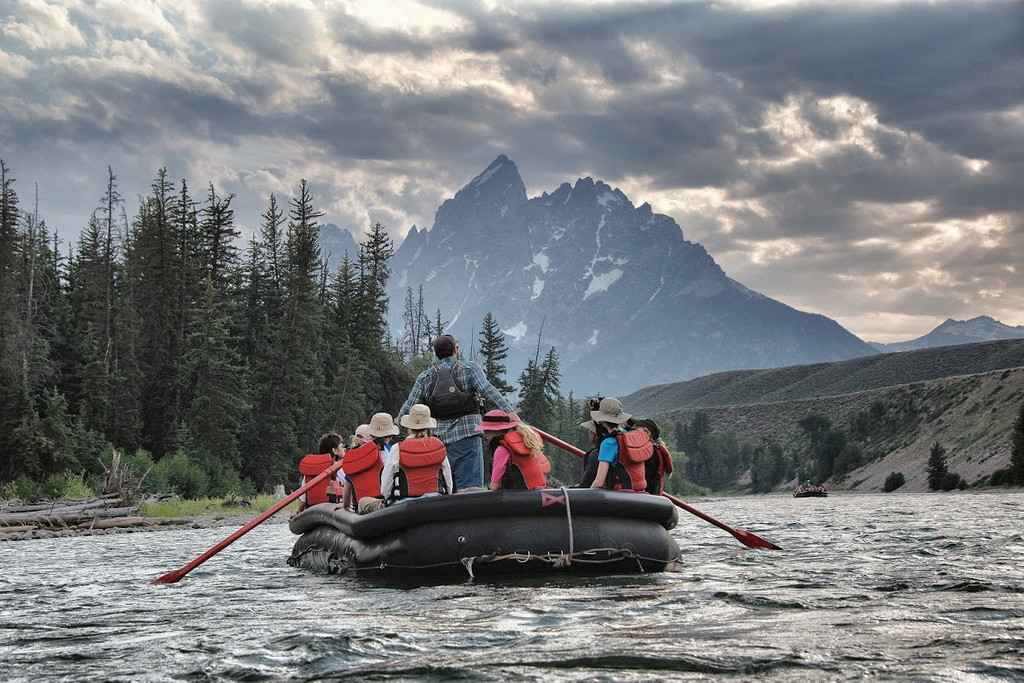
Try Fly Fishing at Phelps Lake
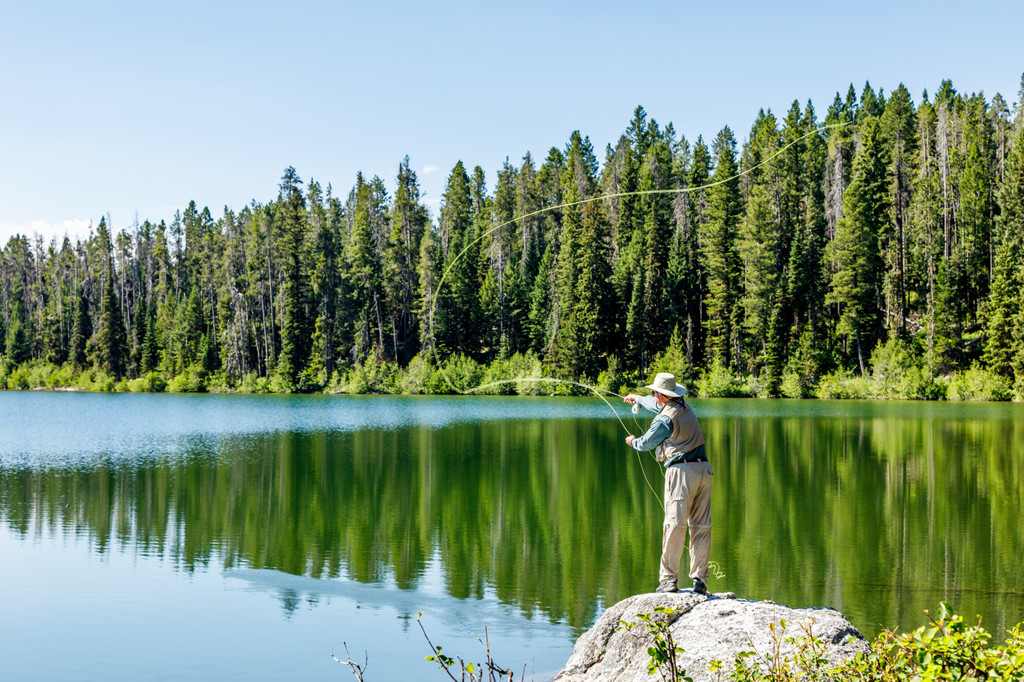
Be On the Lookout for Wildlife

Hike to Grand Teton’s Hidden Falls
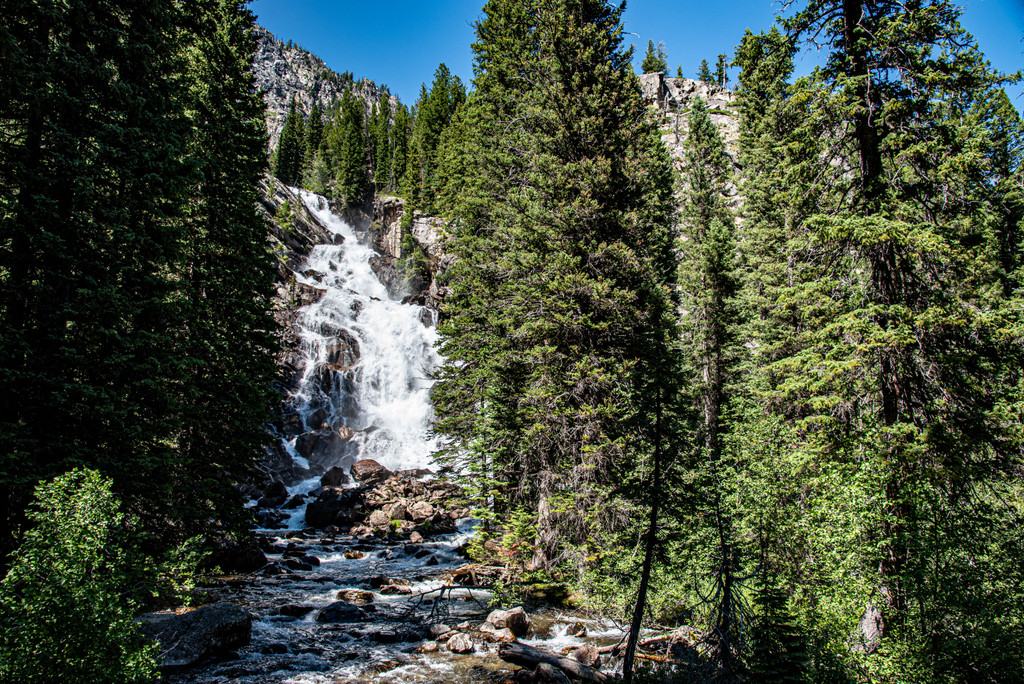
Sip Some Brew at Grand Teton Brewing Co.

Race Down the Ski Mountains in Jackson Hole

Learn About Elk at the Park’s National Elk Refuge
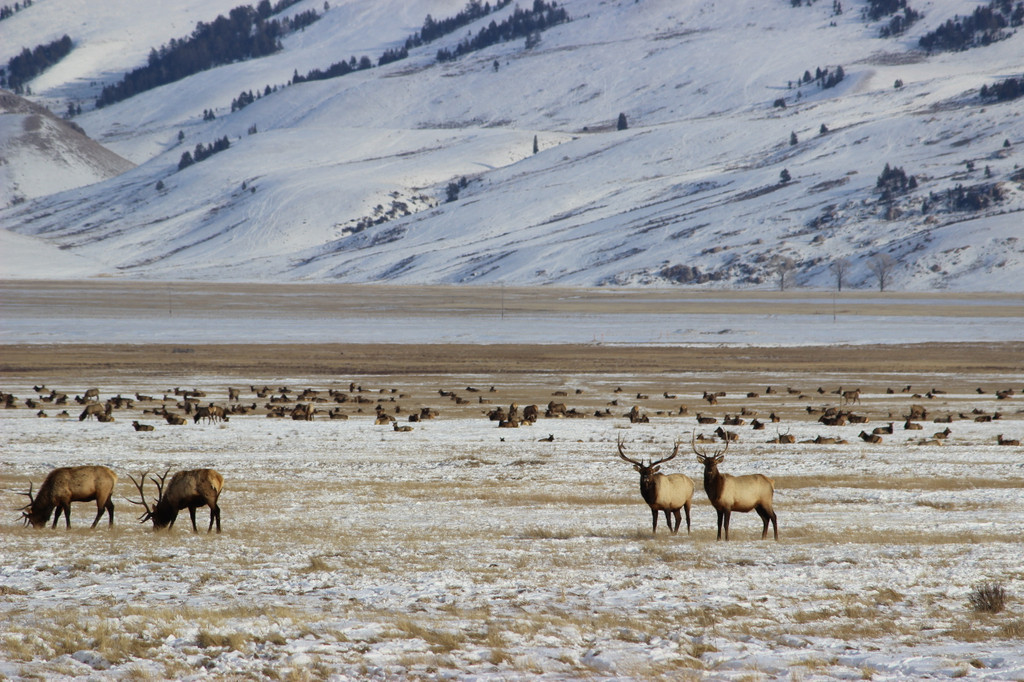
Drive the Amazing John D. Rockefeller, Jr. Memorial Parkway up to Yellowstone
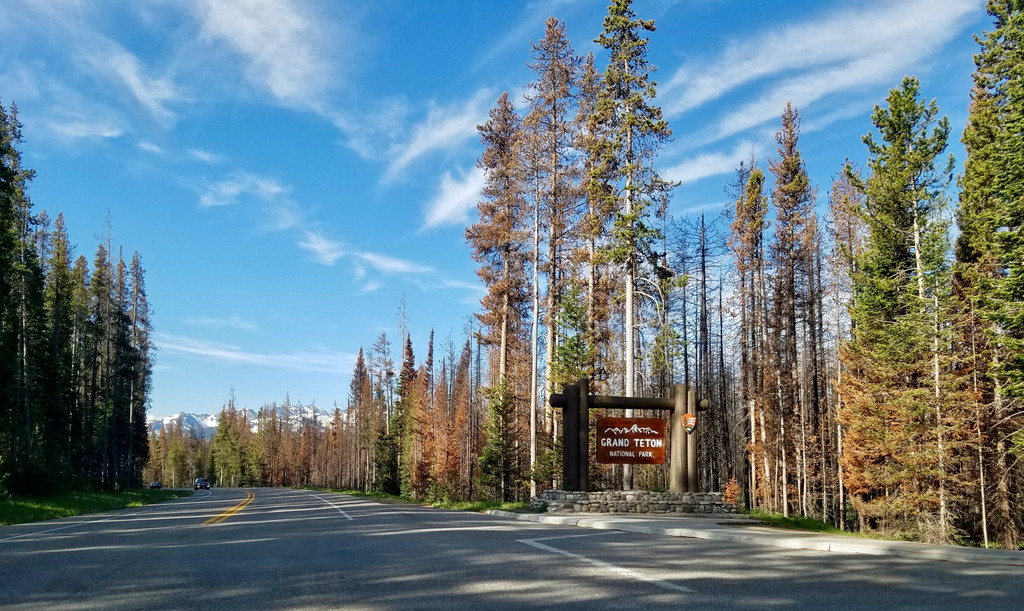
Sign Up for a Class at the Craig Thomas Discovery & Visitor Center

Take Pics at the John Moulton Barn in Mormon Row Historic District
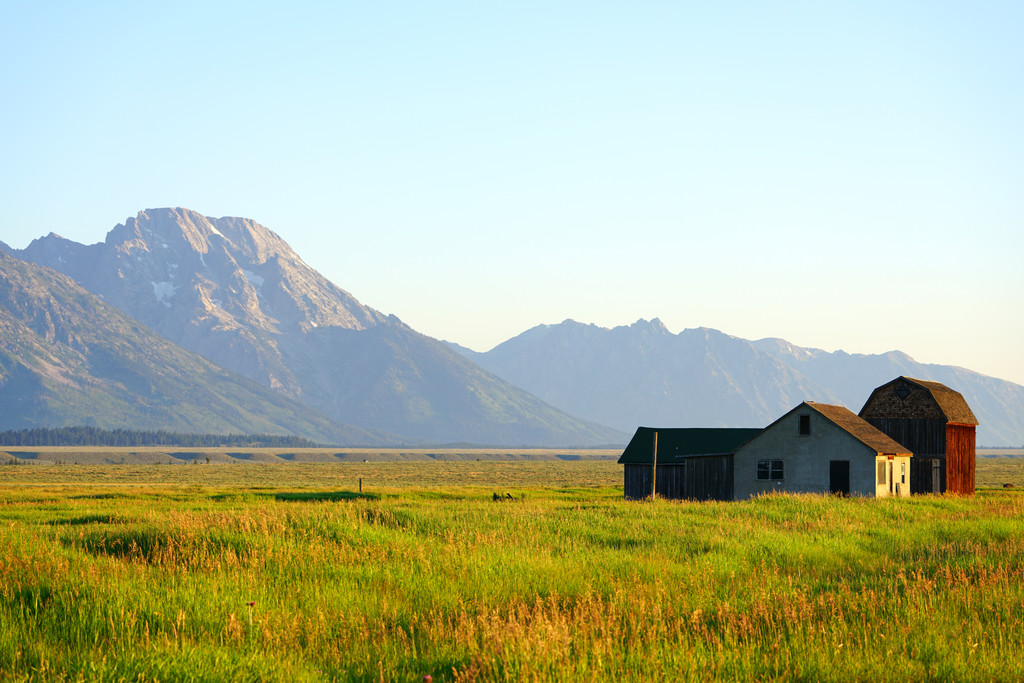
Boogie at the Annual Grand Teton Music Festival
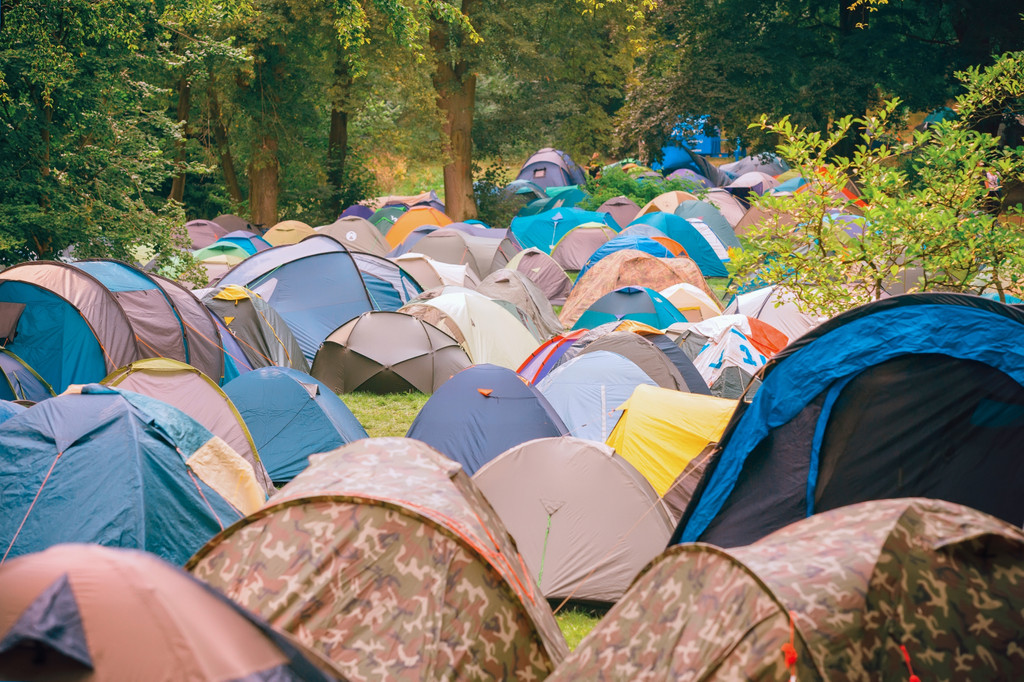
Summit Inspiration Point at Jenny Lake


